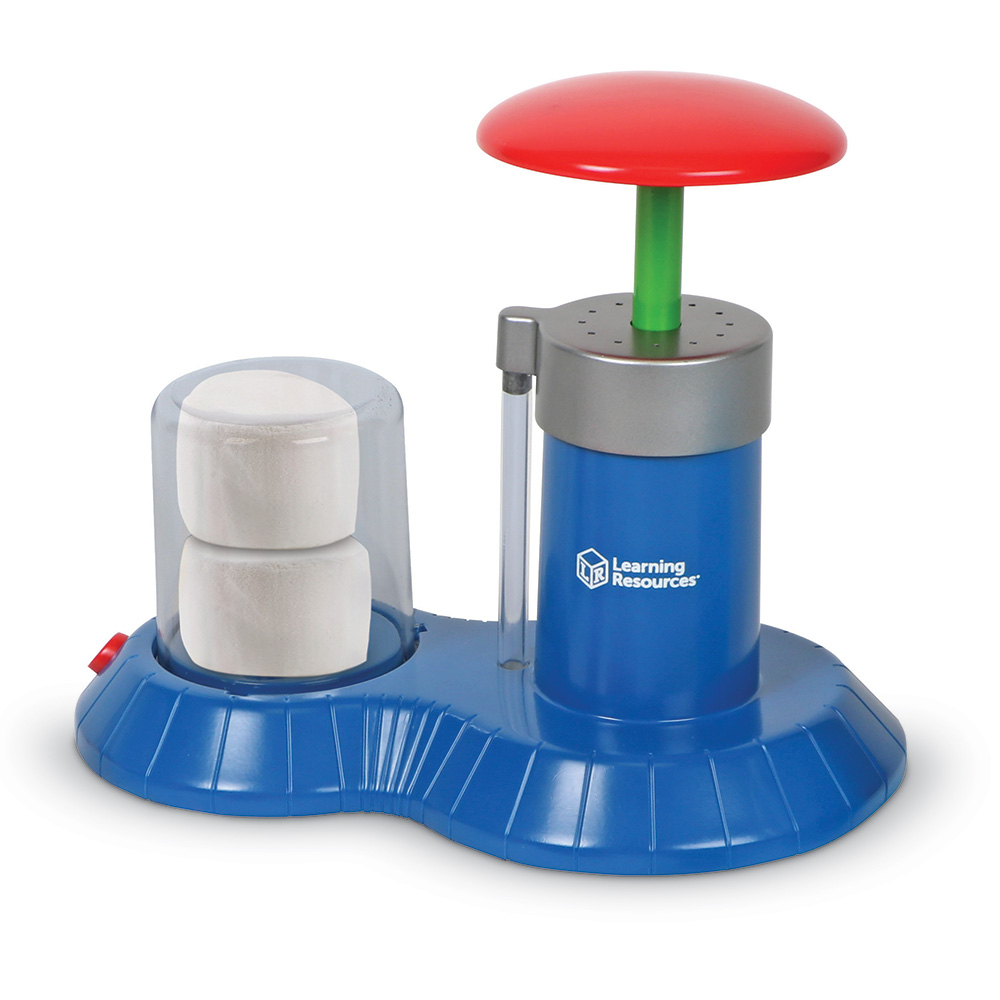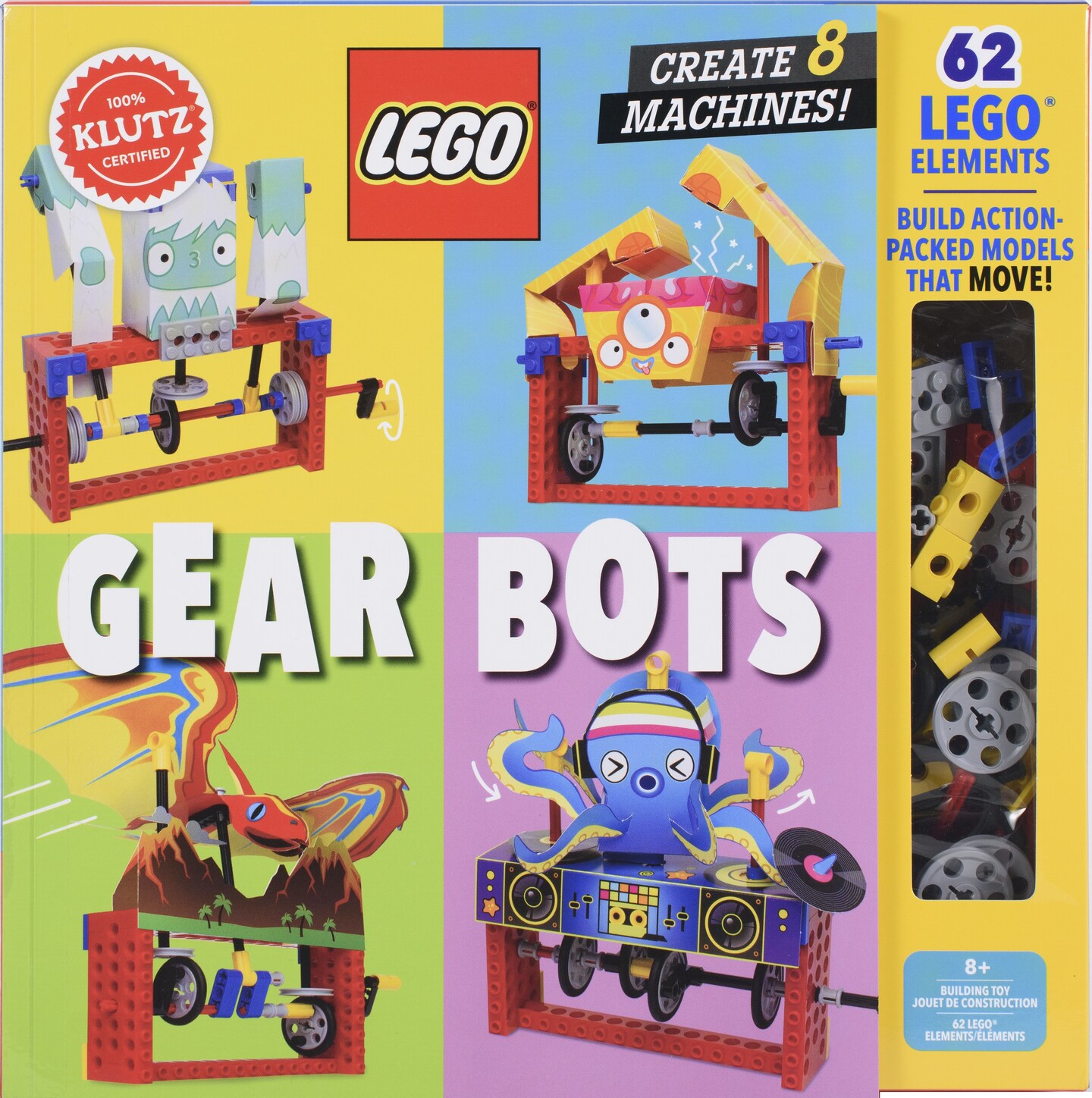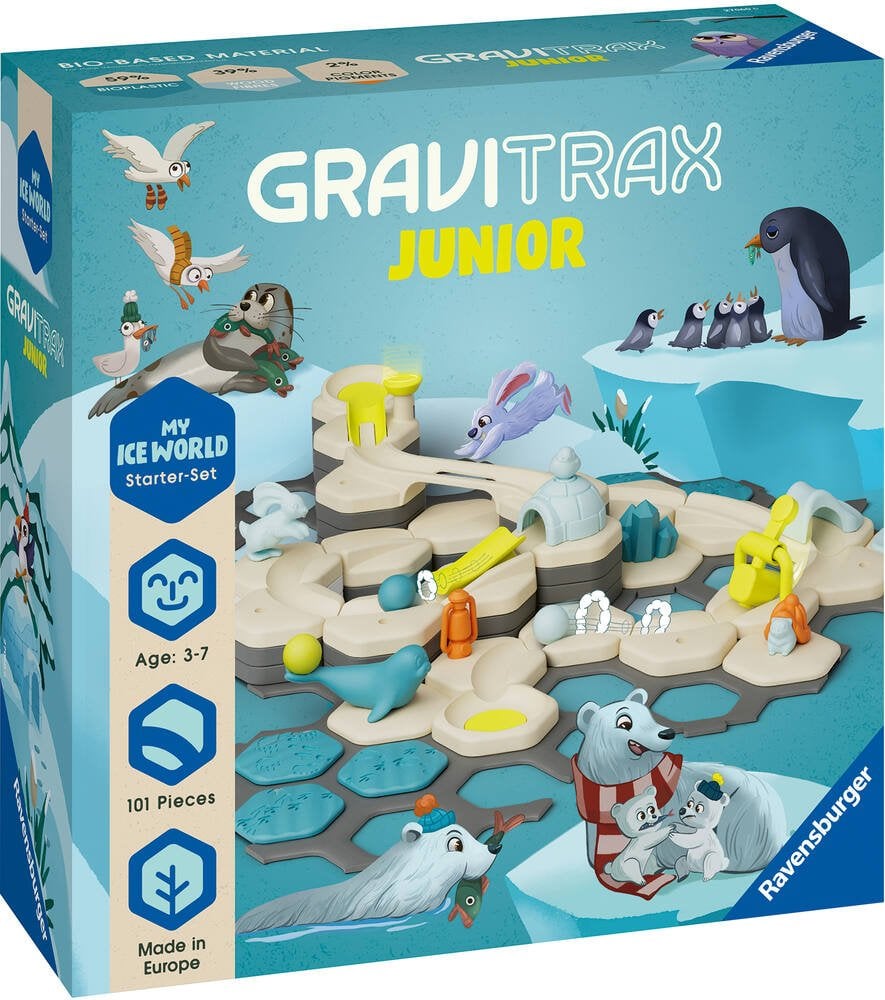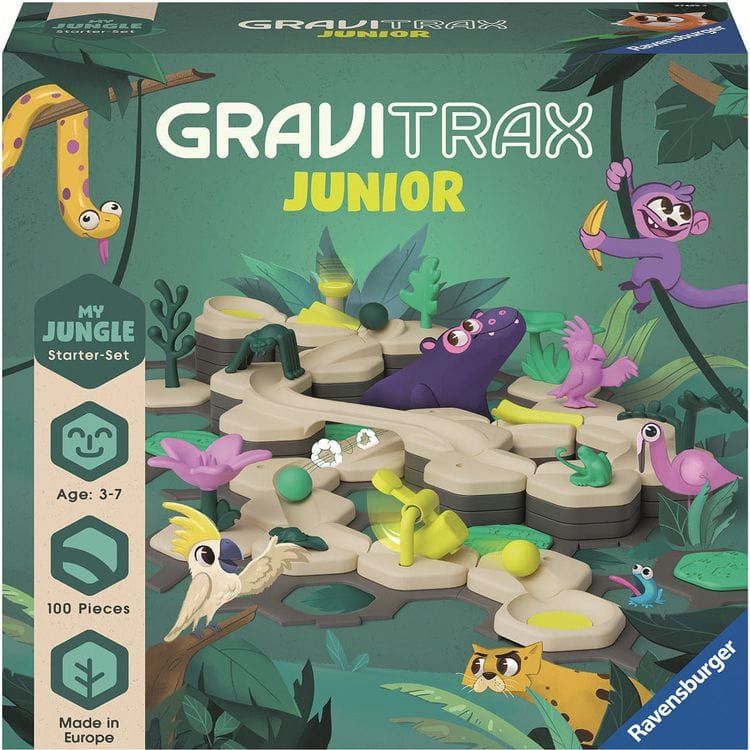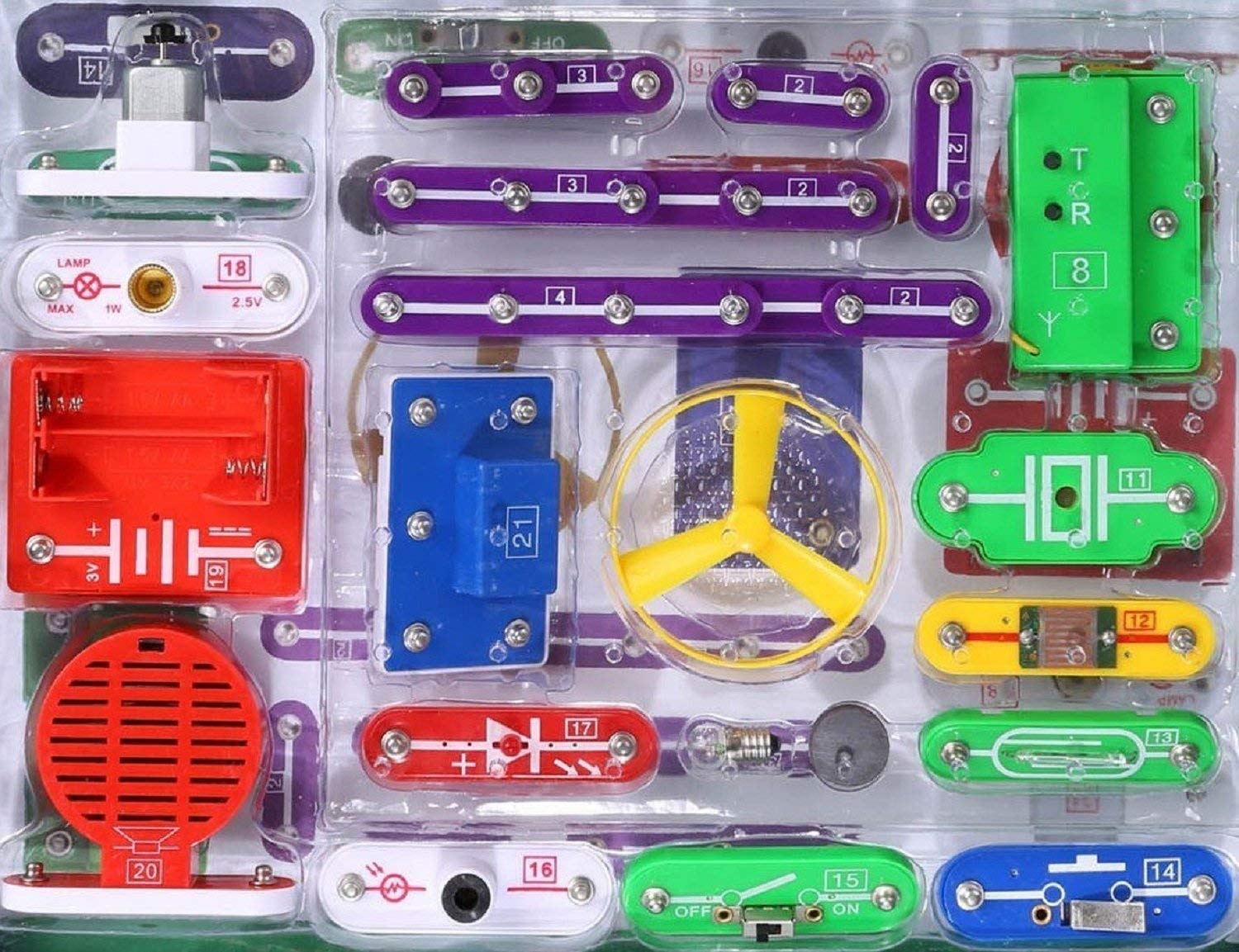Discover Pandipedia
Pandipedia is the world's first encyclopaedia of machine generated content approved by humans. You can contribute by simply searching and clicking/tapping on "Add To Pandipedia" in the answer you like. Learn More
Expand the world's knowledge as you search and help others. Go you!
Let's look at alternatives:
- Modify the query.
- Start a new thread.
- Remove sources (if manually added).
- Request a manual search from our human research team.

Creating a raised garden bed is an excellent solution for enhancing your gardening experience, providing improved soil quality, better drainage, and easier maintenance. Here’s a step-by-step guide on how to build a raised garden bed effectively.
Selecting Materials
Common Materials:
Wood: Untreated timber is the most popular material due to its moderate cost and availability. Cedar and redwood are ideal as they are naturally rot-resistant. Pine is another option, but it typically lasts only 3 to 7 years[9].
Concrete Blocks or Bricks: These materials provide durability and can create visually appealing beds. They require more skill for construction but offer longevity[2][7].
Recycled Plastic: Available as sleeper-like boards, these are durable and maintenance-free but can be more expensive[2].
Metal Options: Corrugated metal can also be used to construct raised beds, providing a modern aesthetic[1].
Designing Your Raised Bed
Dimensions: A typical raised bed ranges in size. It should be at least 6 inches deep for vegetable roots; 12 to 18 inches is preferable for larger plants. Width should be around 4 feet to allow easy access without stepping into the bed[9]. Length can be varied based on your space but keep it manageable; generally, 6 to 8 feet is optimal[9].
Preparation Steps
Step 1: Site Selection and Ground Preparation

Choose a sunny location with good drainage. Avoid shaded areas from fences or trees, as plants often need full sun exposure. Mark out the desired area using stakes and string, then remove the top layer of grass and weeds with a spade[8][9].
Step 2: Soil Preparation
After clearing, you can dig down if desired, but it’s typically fine to build on top of the existing lawn as it will decompose. Ensure to level the ground to facilitate drainage[9]. For beds on hard surfaces, you might need to create holes for drainage[4].
Building the Structure
Step 3: Assembling the Bed
Measure and Cut: Based on your chosen dimensions, cut the wood to length. For example, for a 2.4m x 1.2m (8x4 feet) raised bed, you'll need two pieces at 2.4 meters and two at 1.2 meters[1][3].
Join the Corners: Secure the corners using screws. It’s beneficial to drill pilot holes first to prevent the wood from splitting[9].
Reinforcement: For larger beds, consider using corner stakes or additional supporting structures to prevent bowing[4][9]. This can involve driving stakes into the ground at each corner and attaching the boards to these for added stability.
Step 4: Ensure Level and Square
Use a level to check that all sides are even. Measure diagonally across the bed. If both diagonals are equal, then your bed is square[9]. Adjust as necessary.
Step 5: Adding a Base

For added stability and drainage, consider placing a layer of gravel or coarse stones at the bottom of the bed. This will promote good drainage and prevent soil from pooling[3][9].
Filling the Bed
Step 6: Soil Mixture

Fill the raised bed with a mixture of soil and compost to provide nutrients. A good mix can be three parts topsoil, three parts compost, and one part sand for improved drainage[8][9]. If you’re building directly over grass, a layer of cardboard or newspaper can be added to suppress weeds before filling with soil[4].
Step 7: Settling and Maintenance
After filling, allow the soil to settle for a week. Check for any low spots and add more soil if needed. Over time, replenish the soil with organic material to maintain nutrient levels[3][9].
Considerations for Planting
Once filled, you can plan your planting. Remember that raised beds often require more frequent watering because they tend to dry out faster than ground-level gardens[2]. Check moisture levels regularly and consider adding a mulch layer to help retain moisture[8].
Conclusion
Building a raised garden bed provides an accessible and productive space for growing a variety of plants, from flowers to vegetables. By following these steps and selecting the right materials and designs, you can create a healthy gardening environment that will yield bountiful results with minimal maintenance.
Let's look at alternatives:
- Modify the query.
- Start a new thread.
- Remove sources (if manually added).
- Request a manual search from our human research team.
Get more accurate answers with Super Search, upload files, personalised discovery feed, save searches and contribute to the PandiPedia.

Drones play a pivotal role in modern logistics by enhancing efficiency in several areas, including last-mile delivery, inventory management, and security inspections. They can optimize delivery routes, allowing for faster and more reliable service, particularly in remote areas difficult for traditional transportation methods to reach. Drones equipped with sensors can also monitor environmental conditions, ensuring compliance with safety standards during storage and shipment handling[1][3].
Research indicates a rising trend in deploying drones for optimizing last-mile delivery and humanitarian logistics[2]. The potential of drones to reduce logistical costs and improve productivity aligns with the increasing demand for efficient supply chain solutions in today’s fast-paced market[3].
Let's look at alternatives:
- Modify the query.
- Start a new thread.
- Remove sources (if manually added).
- Request a manual search from our human research team.

Reinforcement Learning (RL) has seen significant advancements and diversification over the past few years. This evolution is characterized by improvements in algorithms, increased applicability in various domains, and a deeper understanding of theoretical foundations.
Historical Context and Recent Foundations
Reinforcement Learning as a field is not new; it has a rich history dating back over several decades, with key developments in both theory and application. The foundational concepts were established through a combination of threads, including 'Learning by Trial and Error,' 'The Problem of Optimal Control,' and 'Temporal Difference Learning Methods' ([1]). These concepts collectively converged in the early 1990s, leading to the practical applications of RL in mastering games and complex tasks.
The modern developments in the field have been buoyed by the advent of deep learning, which has allowed RL algorithms to function effectively in high-dimensional spaces. For example, frameworks such as Deep Q-Networks (DQN) and Proximal Policy Optimization (PPO) integrate deep learning methods to enhance policy learning and value function approximation. These approaches marked a significant increase in the performance of RL agents in complex environments, enabling them to reach human-level performance in games like Go and various Atari titles ([2][1]).
Algorithmic Advancements

Recent years have seen a growing variety of RL algorithms tailored to different tasks and environments. Notably, the transformation of traditional RL methods into deep reinforcement learning has led to improvements in sample efficiency and training stability. By employing neural networks, algorithms like DQN have managed to outperform classical approaches, demonstrating robustness against noise and variability in real-world data ([1][2]).
In addition, policy-based methods such as the Actor-Critic framework have gained traction due to their efficiency in dealing with continuous action spaces. These methods offer another layer of sophistication by separating the policy update from the value estimation, allowing for more nuanced decision-making processes ([2]).
Applications Across Various Domains
The versatility of RL has expanded its applications significantly. In finance, RL is increasingly being utilized for various tasks, including optimal trade execution, portfolio management, and market making. Researchers have shown that RL algorithms can make data-driven decisions more effectively than traditional methods based on fixed heuristics. For example, RL techniques have been successfully applied to price financial derivatives, where they adjust to market conditions dynamically without relying on strict parametric models ([2][1]).
One notable application is in optimizing portfolio management strategies where the performance has significantly improved using RL methods compared to classical mean-variance optimization. The RL-derived strategies tend to better adapt to changing market dynamics by continuously learning from market interactions, thereby refining their strategies over time ([2]).
Challenges and Future Directions
Despite these advancements, several challenges remain in the field of RL. Many existing algorithms struggle with sample efficiency, requiring large amounts of data to train effectively. This need can be particularly problematic in financial markets, where historical data can be limited or may not accurately reflect future conditions. Addressing this challenge has led researchers to explore methods that optimize for fewer samples, such as off-policy learning and approaches that leverage past experiences to aid learning in new environments ([1][2]).
Furthermore, the concept of risk-aware RL is gaining attention. Integrating risk metrics into the RL framework is critical for applications where the consequences of decisions can vary significantly, such as trading and investment strategies. This direction hints at a future where RL not only focuses on maximizing returns but also on managing risks in a structured manner ([2]).
Theoretical Developments
The theoretical foundation for RL has been significantly strengthened. Recent studies focus on understanding the convergence properties of various RL algorithms under different conditions, such as using function approximations. Improved understanding of the sample complexity of these methods helps in developing strategies that can better generalize from limited data, which is particularly beneficial in financial applications ([2][1]).
The introduction of risk-sensitive utility formulations in RL allows for a more nuanced consideration of the trade-offs between expected returns and associated risks, particularly in uncertain environments. This evolution towards incorporating real-world financial complexities into the RL setup represents a promising avenue for future research ([2]).
Conclusion
Reinforcement Learning has transformed from a theoretical concept into a powerful tool capable of addressing complex decision-making problems across various industries. The evolution seen in recent years—marked by algorithmic advancements, increased applicability, and refined theoretical understanding—positions RL as a vital component of modern artificial intelligence. Continued research and development in risk management and sample efficiency will further bolster its capabilities, leading to broader adoption and innovative applications in finance and beyond. The future of RL is bright, filled with opportunities for improvement and adaptation to increasingly complex and dynamic environments.
Let's look at alternatives:
- Modify the query.
- Start a new thread.
- Remove sources (if manually added).
- Request a manual search from our human research team.

Embarking on a DIY project can be a fulfilling way to enhance your home, but it can also lead to costly mistakes if you're not careful. Here’s a guide to some of the most common DIY blunders and tips on how to sidestep them, drawn from expert advice and insights.
Underestimating Project Scope

One of the frequent pitfalls is underestimating the complexity and time commitment required for a project. Whether it's painting a room or remodeling a bathroom, thorough research on the necessary skills, resources, and time is crucial. DIY enthusiasts often find that breaking down the project into manageable tasks—along with creating a detailed plan with timelines and budgets—ensures a smoother process and prevents overwhelming setbacks. Being honest about your abilities and seeking help for tasks beyond your expertise can also save time and frustration[4][7].
Neglecting Preparation
![10 Common DIY Mistakes [Infographic] - Best Infographics 'a diagram of a building process'](https://www.best-infographics.com/wp-content/uploads/2018/03/09/10-Common-DIY-Mistakes.jpg)
Preparation is a foundational step in any DIY endeavor yet is often rushed or skipped entirely. Cleaning surfaces, measuring accurately, and protecting surrounding areas can significantly influence your project’s success. Failing to prep can lead to uneven surfaces, peeling paint, or weak adhesion, resulting in extensive rework. Take adequate time to prepare your workspace, gather necessary tools, and familiarize yourself with the materials[4][7][10].
Skimping on Quality Materials

While it might be tempting to cut costs by selecting the cheapest materials, this can backfire, leading to issues like premature wear and tear. Investing in quality materials not only improves the finished product's appearance but also enhances its longevity and functionality. Consequently, thorough research on materials and their suitability for your project helps avoid costly repairs down the line[7][10][9].
Poor Measurement Practices
'Measure twice, cut once' is sage advice in the DIY world. Rushing through measurements can lead to disastrous results, forcing you to discard expensive materials. Always double-check measurements, and consider investing in quality measuring tools to ensure accuracy and precision before cutting or assembling[8][9][10].
Overlooking Safety Precautions

Safety should always remain a top priority. Many DIY enthusiasts overlook basic precautions, which can lead to injuries. Wearing appropriate protective gear, such as gloves, goggles, and masks is essential, especially when using power tools or hazardous materials. Familiarizing yourself with the tools and following instructions diligently can also prevent accidents[10][5].
Taking Shortcuts
In an effort to speed up projects, DIYers may be tempted to take shortcuts, but this often compromises quality and safety. For instance, applying paint over an improperly prepped surface can lead to bubbling and peeling. It’s vital to follow all preparation steps to ensure a professional-looking result. Additionally, plan your project steps meticulously to avoid rushing through crucial tasks[6][8][9].
Ignoring Instructions

A common mistake is disregarding the instructions, especially when assembling furniture or completing complex tasks. Understanding the assembly process and following the manual is crucial to achieving the intended outcome. Even simple projects can have hidden complexities that mandate careful attention to detail[8][10].
Failing to Seek Professional Help
Some projects require specialized skills that novices might not possess. DIY enthusiasts often feel empowered by their abilities but should recognize when a job is better left to professionals, particularly in areas like electrical work or plumbing. Hiring a qualified contractor not only ensures safety but can also save you time and money in the long run[7][10].
Neglecting Clean-Up

The final stages of a DIY project are just as important as the initial steps. Rushing through clean-up can lead to a cluttered or messy space that detracts from the overall finish. Taking the time to clean up properly will leave you with a more polished result and help maintain a safe workspace during future projects[7][10].
Overreaching Skills

Many DIYers take on projects beyond their skill level, which can lead to frustration and mistakes. It’s important to be realistic about your abilities and start with simpler projects before attempting larger, more complex undertakings. Gradually building your skills will not only boost your confidence but also improve the quality of your work[5][6][10].
Conclusion

By being aware of these common DIY mistakes and implementing the suggested strategies, you can navigate your home improvement projects more effectively. Whether you're painting a room, installing new flooring, or taking on more complex renovations, careful planning and preparation are key to achieving successful and satisfying results.
Let's look at alternatives:
- Modify the query.
- Start a new thread.
- Remove sources (if manually added).
- Request a manual search from our human research team.
March of a Million Hearts
Approximately a million Poles protested against the Law and Justice Party’s threats to democracy in Warsaw on October 1, 2023, mobilizing for national elections[2].
Iran Protests
Following the death of Mahsa Amini and government crackdowns, large protests in Iran continued throughout 2023 under the slogan “Woman, life, freedom”[2].
Anti-Judiciary Reform Protests in Israel
Before the Hamas attack on October 7, 2023, hundreds of thousands protested against government plans to reform the judiciary[2].
Protests against Foreign Agents Bill in Georgia
Tens of thousands protested against legislation seen as mirroring Russian laws aimed at stifling dissent, resulting in the withdrawal of the bill[2].
Protests in Iraq and North Macedonia
New demonstrations erupted in both countries amid ongoing anti-government sentiments[2].
Economic Protests in France
Strikes and protests erupted over pension reforms that raised the retirement age from sixty-two to sixty-four[2].
Farmers’ Protests in India
Tens of thousands of farmers opposed new agricultural laws, leading to substantial nationwide protests[4].
Global Protests for Gaza
Thousands gathered worldwide to condemn Israel’s military actions in Gaza, particularly marking the one-year anniversary of the conflict[5].
Pro-Palestinian Protests in Germany
Demonstrators in Berlin faced police unrest as they protested against Israel's actions in Gaza, leading to violence on the streets[5].
Protests for Women’s Rights in Namibia
Following a femicide incident, hundreds demanded action against gender-based violence, securing government commitments[4].
Protests in Nigeria
Rising food inflation led to demonstrations against government policies deemed 'anti-poor'[6].
Demonstrations for Climate Action
Thousands protested in various countries demanding stronger actions on climate change amid dissatisfaction with government policies[2].
Teachers’ Protests in Hungary
Continuing protests were driven by labor disputes and demands for better working conditions[2].
Anti-Government Protests in Tunisia
Ongoing demonstrations against President Kais Saied's governance have drawn significant public opposition since his self-coup[2].
Opposition Protests in Guatemala
Protests arose against attempts by the incumbent government to block the transfer of power to President-elect Bernardo Arévalo[2].
Protests in Mozambique
Allegations of election fraud have driven demonstrations against the ruling party[2].
Protests about Energy Supply in South Africa
Public dissatisfaction over energy shortages led to over a hundred demonstrations throughout the year[2].
Violent Police Response in Myanmar
Protests against military actions have led to casualties and repression of dissenting voices[3].
Let's look at alternatives:
- Modify the query.
- Start a new thread.
- Remove sources (if manually added).
- Request a manual search from our human research team.
Get more accurate answers with Super Search, upload files, personalised discovery feed, save searches and contribute to the PandiPedia.

Smithsonian Mega Science Lab Kit
This kit allows children to explore various science fields through six activities, including building volcanoes and crystal gardens, using tools like a thermometer and a bug collecting tool[4].

National Geographic Mega Gemstone & Fossil Dig Kit
Kids can excavate genuine gems and fossils from a dig brick and learn about them using an included guide, promoting hands-on exploration[4].
MEL Chemistry Kit
A subscription-based chemistry kit designed for adults that includes varied and advanced experiments with excellent explanations, making it suitable for genuine scientific exploration[6].
Thames & Kosmos Chem C2000 Chemistry Set
Offers equipment for conducting 250 different experiments, along with a detailed manual, ideal for older children and adults seeking a deeper understanding of chemistry[6].
Learning Resources STEM Explorers Superhero Science Kit
A superhero-themed science set for ages 6 and up, featuring 22 pieces that explore core scientific concepts like magnetism and color mixing[5].
Klutz LEGO Gear Bot Kit
This kit allows kids to build physics-driven kinetic creatures using LEGO bricks and papercraft, promoting a hands-on learning experience in mechanical engineering[4].
Einstein Box Chemistry Set
Designed for young chemists, this kit includes colorful experiments like fizzing potions and self-grown crystals, with easy-to-follow instructions for independent exploration[4].

Acurite Galileo Thermometer with Barometer
A functional gift that teaches about temperature and atmospheric pressure through a beautiful glass globe design[2].
What If?: Serious Scientific Answers to Absurd Hypothetical Questions
A book by Randall Munroe that provides entertaining yet scientifically rigorous answers to odd questions, suitable for science enthusiasts[2].
3 Doodler Start+ Maker Bundle
A 3D pen kit designed for kids aged 6 to 13, allowing them to create 3D doodles with color strands and templates, fostering creativity and motor skills[5].
Meade Instruments Infinity 80mm AZ Telescope
An introductory telescope for beginners that’s easy to set up, perfect for stargazing and learning about celestial bodies[2].

Vector Robot by Anki
A small, interactive robot that responds to commands, performs tasks around the home, and provides a glimpse into robotics technology[2].
The Learning Resources Chemistry Experiment Kit
Offers fun experiments using lab-grade materials to teach kids about chemical reactions in an engaging way[6].
Academy Da Vinci Flying Machine Kit
A model that provides insights into the mechanics of flight and can wind up to simulate movement, suitable for both science and art lovers[2].
Galaxy Science Puzzle
A 1,000-piece puzzle showcasing a stunning image from the Hubble Space Telescope, perfect for fans of science and challenges alike[2].
Makeblock mBot Ultimate
A modular robot kit for kids aged 8 and up that teaches coding, electronics, and robotics through engaging assembly and programming[5].
GraviTrax JUNIOR Starter-Set
A marble run modified for younger kids, combining building and physics concepts to encourage critical thinking and creativity[5].
Yoto Player and STEM Cards
A screen-free audio player that allows kids to listen to STEM-themed stories, encouraging storytelling and learning[5].
Aromatherapy and Science Soap Making Kit
A kit that provides all materials needed for creating soaps, introducing kids to chemistry concepts through fun, creative projects[4].
Discovery Kids Electronic Circuit Kit
This kit includes hands-on experiments that teach kids about electricity and circuits through fun activities[6].
Chemistry and Biology Chromatography Kit
Allows kids to explore chromatography with paper strips and various inks, linking chemistry and biology through hands-on experiments[6].
Star Wars Death Star Action Set
An advanced building set for kids 8 and older, engaging them in engineering concepts and space exploration while building a model from the popular franchise[5].
Let's look at alternatives:
- Modify the query.
- Start a new thread.
- Remove sources (if manually added).
- Request a manual search from our human research team.
Overview of Thyroid Hormone Function
Thyroid hormones, primarily thyroxine (T4) and triiodothyronine (T3), are essential for regulating various bodily functions[5][16][34]. The thyroid gland produces these hormones, which significantly influence metabolism, growth, and overall hormonal balance[5]. The main job of thyroid hormones is to control the speed of your metabolism, which is how your body transforms food into energy[2][6]. A well-functioning thyroid affects the body by maintaining body temperature, heart rate, and the rate at which you burn calories[1].
Hormones Produced by the Thyroid Gland
The thyroid gland, located in the anterior neck, produces several key hormones[5]:
- Thyroxine (T4): Also known as tetraiodothyronine, T4 is the primary hormone released by the thyroid[2][5]. It contains four iodine atoms and serves as a precursor to T3[5][6][29]. The thyroid produces most of this hormone, but it has little effect on metabolism[6]. Once released, organs in the body convert it to T3[2].
- Triiodothyronine (T3): Contains three iodine atoms and is more potent than T4[5][6]. It directly influences target tissues and broadly affects metabolic activity[5]. T3 has a much greater effect on your metabolism than T4[6].
- Reverse Triiodothyronine (RT3): The thyroid makes small amounts of RT3, which reverses the effects of T3[6].
- Calcitonin: This hormone helps regulate the amount of calcium in the blood, but it doesn’t impact metabolism like T3 and T4[2].
Production and Regulation of Thyroid Hormones
The production and release of T3 and T4 are controlled by a feedback loop involving the hypothalamus, pituitary gland, and thyroid gland[2][5][9]. The hypothalamus releases thyrotropin-releasing hormone (TRH), which signals the pituitary gland to produce thyroid-stimulating hormone (TSH)[2][5]. TSH then triggers the thyroid to produce T4 and T3[2]. Adequate iodine intake is essential for the thyroid to create T4 and T3[2][5]. When T3 and T4 levels increase, they prevent the release of TRH (and thus TSH), and when T3 and T4 levels drop, the feedback loop starts again[2].
The Action of Thyroid Hormones on Cells and Organs
Once released, thyroid hormones affect nearly every cell and organ in the body[2][4][9][14][16]. Thyroxine (T4) enters cells, it is converted to triiodothyronine (T3), which binds to thyroid receptors in the nucleus to regulate the transcription of specific genes[3][9][16]. Thyroid hormone (T3 and T4) affects every cell and all the organs in your body by:
- Regulating the rate at which your body uses calories (energy). This affects weight loss or weight gain and is called the metabolic rate[2].
- Slowing down or speeding up your heart rate[2].
- Influencing the speed at which food moves through your digestive tract[2].
- Controlling the way your muscles contract[2].
- Managing skin and bone maintenance by controlling the rate at which your body replaces dying cells[2].
Impact on Metabolic Rate
Thyroid hormones, particularly T3, increase the basal metabolic rate (BMR), which is the amount of energy the body uses while at rest[4][5][12][16]. They stimulate metabolic activity in almost all tissues of the body, increasing oxygen consumption and heat production[5][16]. T3 facilitates the synthesis of proteins, including enzymes, which boosts the basal metabolic rate[5]. Thyroid hormones stimulate metabolic cycles involving fat, glucose, and protein catabolism and anabolism[3].
Effects on Specific Body Functions
Thyroid hormones influence various physiological processes[4][5][16][34]:
- Growth and Development: Thyroid hormones are essential for normal growth and development, especially in skeletal tissues[5]. Adequate amounts of thyroid hormones are also needed for brain tissue development in children[5].
- Cardiovascular System: Thyroid hormones help regulate blood pressure, heart rate, and the force and vigor of the heart's contraction[4].
- Nervous System: Thyroid hormones are also vital for neurological function[4]. Too much or too little thyroid hormone can cause mood changes, such as depression or anxiety[1].
- Digestive System: Thyroid hormones affect how food moves through your digestive system[4].
- Reproductive System: If your thyroid isn’t working properly, it can cause irregular menstrual periods and issues with fertility[4].
Conditions Related to Abnormal Thyroid Hormone Levels
Abnormal thyroid hormone levels can result from several conditions[2][6][10][11][24]:
- Hyperthyroidism: Occurs when the thyroid gland produces too much thyroid hormone, speeding up metabolism and potentially causing weight loss, rapid heart rate, and nervousness[1][4][24]. Graves’ disease is the most common cause[1][4][11].
- Hypothyroidism: Occurs when the thyroid gland does not produce enough thyroid hormone, slowing down metabolism and potentially causing tiredness, weight gain, and depression[1][4][24]. Hashimoto’s thyroiditis is a common cause[1][4][11][24].
- Goiter: An enlargement of the thyroid gland[4][11]. It can result from iodine deficiency, thyroid nodules, or autoimmune diseases[4][5][11][19].
- Thyroid Nodules: These are lumps or swelling in the thyroid gland, which are often benign[1][4][19][24]. However, they can sometimes be cancerous or cause hyperthyroidism[1][4][19].
- Thyroid Cancer: Cancer that forms in the tissues of the thyroid gland[1][4].
Testing and Treatment
If you experience potential thyroid problem symptoms, a doctor can help you know if you have a thyroid problem[1][6]. A doctor can order blood tests to check the levels of thyroid hormones in your body[1][6]. A doctor might also give you radioactive iodine by mouth or as an injection to measure how much of it your thyroid gland takes up, as taking in a lot of radioactive iodine is a sign that your thyroid is overactive[1]. Treatment options include:
- Medications: Thyroid hormone pills (synthetic thyroxine (T4)) can treat an underactive thyroid[1][4]. Antithyroid medications block the thyroid's ability to make hormones[6].
- Radioiodine therapy: A large dose of radioactive iodine damages your thyroid gland[1].
- Surgery: Surgery can be performed to remove your thyroid gland[1].
Let's look at alternatives:
- Modify the query.
- Start a new thread.
- Remove sources (if manually added).
- Request a manual search from our human research team.

Anne Frank was inspired to write in her diary as a way to process her experiences and emotions while hiding from Nazi persecution. She received her diary on her 13th birthday, expressing a desire to confide her thoughts and feelings to it, hoping it would provide support during difficult times[1].
Additionally, a radio broadcast from the Dutch government-in-exile in March 1944 urged citizens to document their experiences, which motivated Anne to rewrite her diary and envision it as a published work, initially titled 'The Secret Annex'[2][4]. Writing became her refuge, allowing her to express her ideals and dream of becoming an author[3][5].
Let's look at alternatives:
- Modify the query.
- Start a new thread.
- Remove sources (if manually added).
- Request a manual search from our human research team.
Let's look at alternatives:
- Modify the query.
- Start a new thread.
- Remove sources (if manually added).
- Request a manual search from our human research team.




